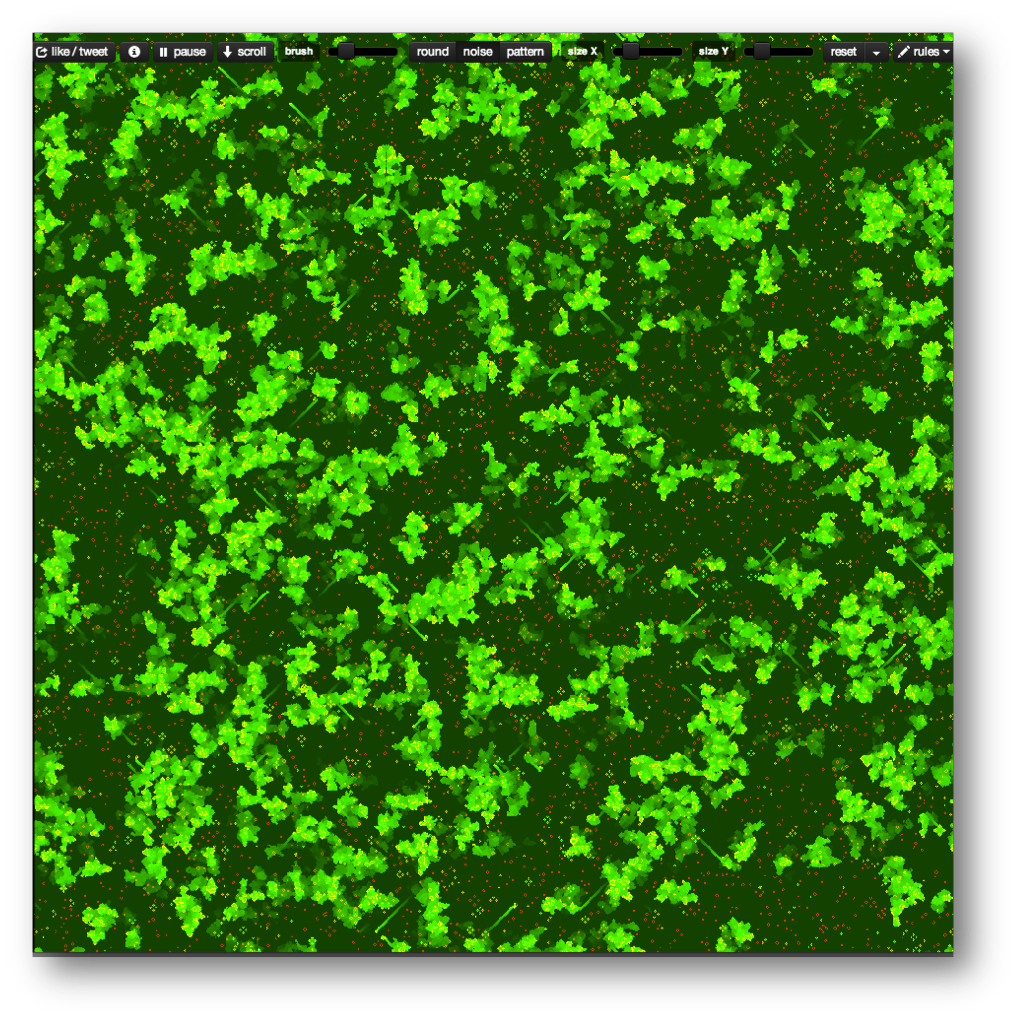I’m going to keep this post brief so that the steps are clear and concise. The reason for writing this post is that I wanted to get iPython Notebook, a powerful tool for data analysis, to run with plotting and pandas in Mac OS X 10.8. When I initially tried to get this running, I would encounter errors where there were conflicts between 32-bit and 64-bit installations of different packages. After a good deal of trial and error, I found the following steps resulted in a full iPython Notebook environment with Pandas and Matplotlib functioning flawlessly.
Tag Archives: Scientific Visualization
Escaping the Spreadsheet Mentality: Start with the Right Data Format
Growing up on a healthy diet of Microsoft Office products, I am well versed in Word, Excel and Powerpoint. As I have transitioned into the research world, these products still have their place, however, I sometimes find that the habits I developed for organizing data doesn’t necessarily transfer to statistical analysis. Recently, I ran into a situation where I was evaluating the performance of solutions in multiple different environments. Organizing this data appeared straightforward to me at first, I would simply group the different environments into one row grouped by the id of the individual. My data then looked something like this:
| Generation | Environment 1 | Environment 2 | Environment 3 |
|---|---|---|---|
| 1 | 10.3 | 12.1 | 8.2 |
| 2 | 14.1 | 10.2 | 7.4 |
| 3 | 8.6 | 13.4 | 10.2 |
| 4 | 9.8 | 11.2 | 9.3 |
WebGL for Scientific Visualization
I plan to flesh this out into a full fledged blog post in the future. For now, this page contains links that complement my presentation at the Visualization Workshop during BEACON Congress 2013.
First and foremost, what is WebGL and why should I use it? In short, WebGL is a Javascript API for creating 2D and 3D graphics that runs in a modern Internet browser. In lieu of creating a separate executable for multiple systems (Windows, OS X, Linux, Mobile), a single implementation can be created in Javascript and placed on a webpage. Users can then access that site from any operating system and see the simulation without the headaches associated with trying to install packages on a system.
Coupled with supplementary code, WebGL can be used to create interactive demos or even present simulations directly in a web browser. Conway’s Game of Life has been implemented many times in WebGL, but I have found this one to be particularly interesting. Additional demos for games, simulations and scientific visualizations can be found at http://www.chromeexperiments.com/webgl/. Disclaimer: Try not to spend too much time on the site!
